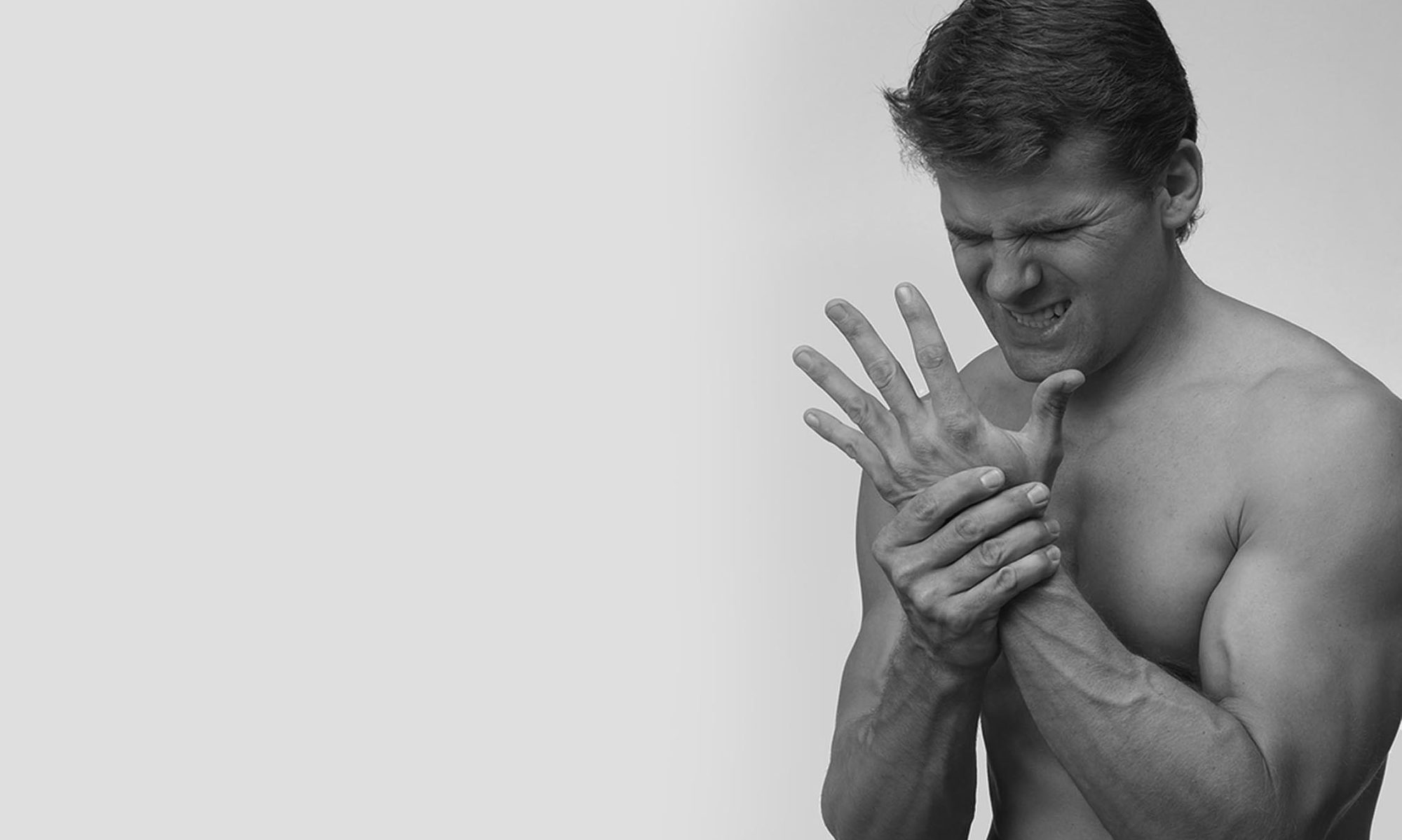I received an email the other day from a Target Tendonitis customer. His name is Anton, and he’s a professional level violinist.
Here’s the email, slightly edited:
Hello Alex,
Just wanted to share some updates and ideas, so you can help more people:
Your exercises definitely work, and healed about 95% of the issue, allowing me to get back to normal.
What I find hard to ignore are strong anecdotal benefits of creatine and collagen supplementation that I have discovered when I actually wasn’t trying those supplements for my hand, I tried them for something else, creatine for exercise, and collagen for skin etc. I did not change any other parameters in my diet or lifestyle or exercise routine, but upon starting creatine I noticed several times that my hand is stronger and feels better in general. This was a sudden change exactly when I started creatine. I would say my hand went to like 97% normal. Then several months later I tried collagen and repeatedly again noticed that my hand is nearing 98-99% total healing and is definitely more pain free and stronger than before collagen.
Joint supplements help, but they help more just for my stretching and demanding hand work during the violin playing which is tough on aging joints. With these supplements I feel like I’m 18. My hand recovers instantly, I can play all day the hardest pieces.
Hope all is well,
Anton Polezhayev
You can listen to Anton playing in this video. (Do yourself a favor and check it out. He’s really good!)
As for the benefits of the supplements Anton mentioned, I’d like to give my own opinion. First, there is no doubt that creatine is effective. It is the most-studied bodybuilding supplement in existence (maybe the most studied, period), and both anecdotal and clinical evidence is overwhelming. Creatine works for building muscle.
However, tendons are made of collagen, and collagen takes over 200 days to regenerate, even in young, healthy subjects. So to say that creatine produces an immediate (and noticeable) effect on tendon health is, to my mind, a pretty bold claim. I think that something else is probably happening instead. When you have a tendon issue, you of course try to avoid using a particular bodypart in a particular manner. As a result, the muscles attached to the affected tendon will atrophy to a certain extent. My feeling is that when the Target Tendonitis exercises made it possible for Anton’s tendons to heal, his muscles were still somewhat in “catch up mode” and hadn’t yet recovered 100%.
Enter creatine. There’s no question it works, and any bodybuilder will tell you that, if you take enough of it, results appear very quickly. So when Anton started taking it, it produced an immediate and noticeable effect on the muscles, which then led to better playing and enhanced recovery.
Again, there’s no question that creatine works for muscles. And it’s cheap. (You can get a kilo of my favorite version here, for instance, for about sixteen bucks.) No one has an allergy to it. So if you’re having some trouble healing up that last little bit, try some.
As for supplementing with collagen, my feeling is that it simply doesn’t work. I’m planning to write a fairly long post giving my reasons, but basically I don’t see a mechanism for ingested collagen to somehow travel through the body intact and then “join up” with tendon collagen to help repair the tissue. Basically, taking collagen for tendon pain (or smoother skin, or repair of any collagen structure in the body) is pretty much like eating bull testicles and hoping that it improves your potency. (There’s another very good write-up here that you can read if you like. It’s a little heavy on the scientific jargon, but the author’s take on the issue is exactly correct.) Furthermore, there is no scientific evidence that I know of supporting the idea.
But as Anton says, a lot of people seem to swear by it, so maybe there’s something there. (If it’s true that the plural of anecdote is not “data”, it’s also true that it should be “Hmm… That might bear looking into…”) And as with creatine, the stuff is cheap and widely available. So if you feel like it could help, feel free to try it out. If you do, please let me know via a comment on this thread how things work out for you.

